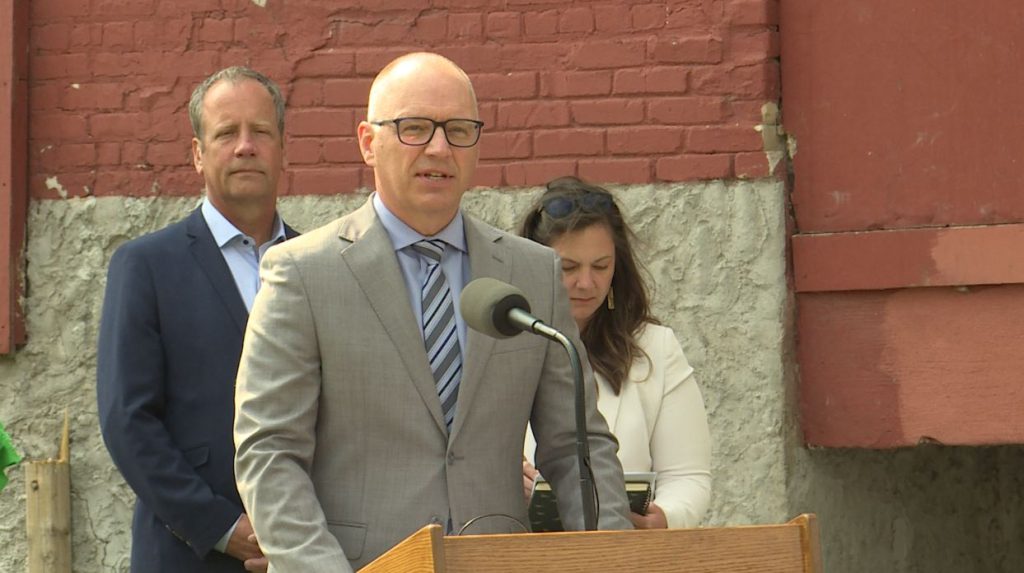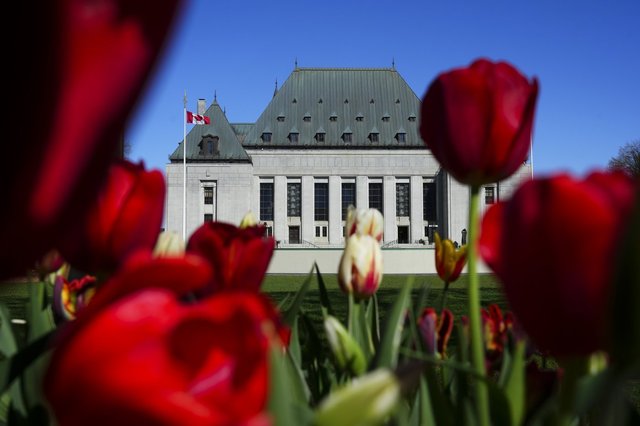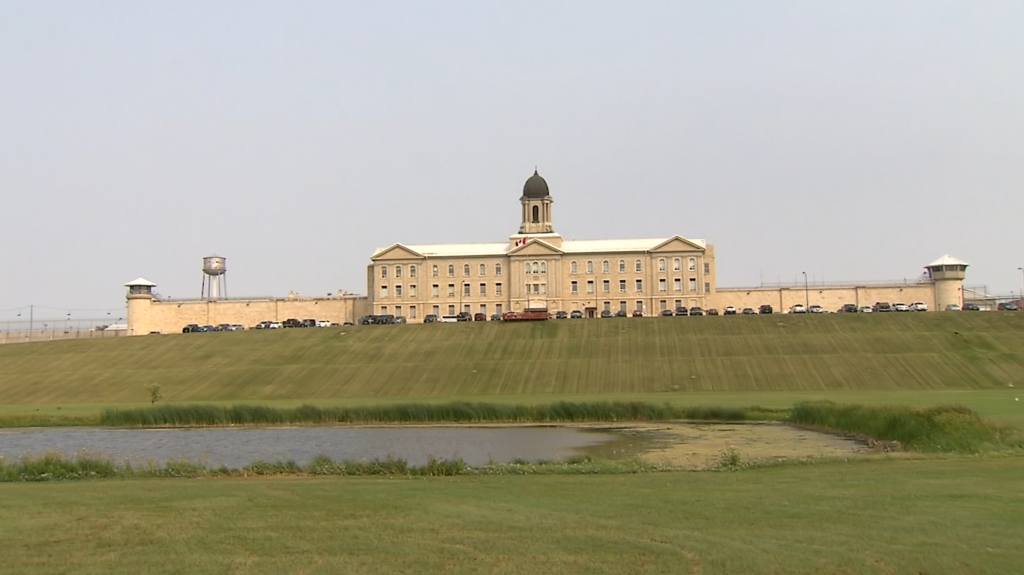Municipalities are asking for more money, but will the province budge?

Posted February 8, 2024 5:36 pm.
Last Updated February 8, 2024 8:38 pm.
Roads, public transit, and snow clearing are just some of the examples that are leading to cost pressures for municipalities. As municipalities grapple with tax increases, they’re hoping the provincial government can provide some relief.
Mayor Scott Gillingham revealed Wednesday he’s keeping his campaign pledge by holding this year’s property tax increase at 3.5 per cent.
“We are working to improve service quality, but we need more revenue to fund those improvements,” said Gillingham.
Despite the property tax increase, Gillingham still received criticism for including in the city’s preliminary budget new and increased service fees.
“Instead of 3.5 per cent across the board, it would be a sliding scale. Higher property rates would pay higher property taxes lower ones would ones would actually pay less,” said Kate Kehler, the executive director of the Social Planning Council of Winnipeg.
The city’s preliminary budget on average increases city fees and charges by five per cent in 2024 and 2025 before slashing them in half in 2026 and 2027.
The proposed budget also includes a $1 per phone line, per month fee to help pay for the modernization of Winnipeg’s 9-1-1 system.
“We are asking people who are already struggling to pay a phone bill to put maybe one, two, three, four more dollars per month when in Canada we already pay such high rates,” said Kehler.
While Winnipeg is looking at a 3.5 per cent property tax increase, residents in Manitoba’s second-largest city Brandon will be seeing their property taxes increase by 9.4 per cent.
RELATED: Winnipeg sees taxes and fees increase in proposed budget
Brandon Mayor Jeff Fawcett says he used to be a big advocate for small as possible property tax increases, with the city approving a 1.6 per cent increase in 2023, but he says those minimal hikes have now left the City of Brandon catching up on funding necessary services.
“We had discussions of how if we didn’t do some of the things, we would start really noticing cuts,” said Fawcett.
He hopes the city of Brandon and the province could work together to bolster funding for infrastructure and potentially even bring back the 50-50 cost-sharing agreement for operating transit.
“I have full faith in the discussions I have been having with the provincial government we will see a funding increase to the municipalities. Hopefully by the next budget, not this one, but the one following it, we’ll actually know what they are,” said Fawcett.
It’s not only Brandon but other Municipalities across Canada that have had to grapple with steep property tax increases.
“Revenues have been down historically, but also there’s really a push to improve,” said Philippe Cyrenne, an economics professor at the University of Winnipeg.
According to Cyrenne, different variables can make it harder for cities to plan their budgets, leading to both unexpected savings and costs.
“For example, if you look at this winter, there’s hardly any snow. The snow clearing budget will be much lower than they had anticipated. On the other hand, coming out of COVID, Winnipeg Transit’s revenues are still down.”
Kam Blight, the president of the Association of Manitoba Municipalities adding “We are seeing inflationary pressures driving up the cost of everything that we do.”
The government says they are speaking with municipalities across the province on the needs they have.
“We’ve engaged the community, including the city of Winnipeg and Brandon on predictability and what it would take going forward. We ended the freeze to municipalities and going forward we want to be able to ensure that they have the predictability as to what they can expect,” said Ian Bushie, the Minister of Municipal and Northern Relations.
Blight says he hopes any new funding agreement between municipalities and the province also includes automatic adjustments tied to inflation.
“We are calling on the provincial government to provide financial assistance to municipalities to help address these needs so that we could accommodate the increase in population growth as well as the economic development opportunities that we are seeing coming knocking on our doors.”








